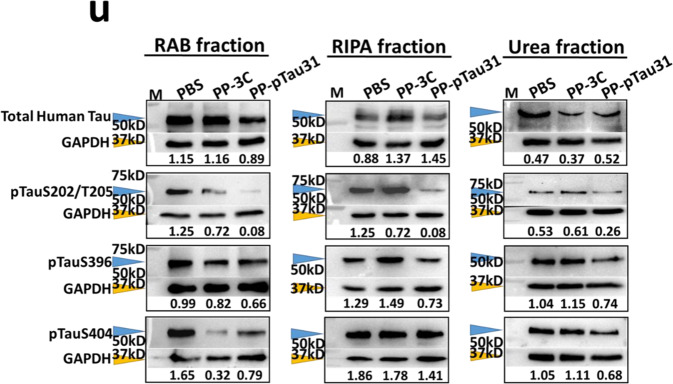Yao Sun
Yao Sun
1National Engineering Laboratory for AIDS Vaccine, School of Life Sciences, Jilin University, Changchun, 130012 China
1,#,
Yongqing Guo
Yongqing Guo
1National Engineering Laboratory for AIDS Vaccine, School of Life Sciences, Jilin University, Changchun, 130012 China
1,#,
Xuejian Feng
Xuejian Feng
1National Engineering Laboratory for AIDS Vaccine, School of Life Sciences, Jilin University, Changchun, 130012 China
1,
Lu Fu
Lu Fu
2Laboratory of Pathogenic Microbiology and Immunology, College of Life Science, Jilin Agricultural University, Changchun, 130012 China
2,
Yayuan Zheng
Yayuan Zheng
1National Engineering Laboratory for AIDS Vaccine, School of Life Sciences, Jilin University, Changchun, 130012 China
1,
Yue Dong
Yue Dong
1National Engineering Laboratory for AIDS Vaccine, School of Life Sciences, Jilin University, Changchun, 130012 China
1,
Yong Zhang
Yong Zhang
1National Engineering Laboratory for AIDS Vaccine, School of Life Sciences, Jilin University, Changchun, 130012 China
3Key Laboratory for Molecular Enzymology and Engineering, the Ministry of Education, School of Life Sciences, Jilin University, Changchun, 130012 China
1,3,
Xianghui Yu
Xianghui Yu
1National Engineering Laboratory for AIDS Vaccine, School of Life Sciences, Jilin University, Changchun, 130012 China
3Key Laboratory for Molecular Enzymology and Engineering, the Ministry of Education, School of Life Sciences, Jilin University, Changchun, 130012 China
1,3,
Wei Kong
Wei Kong
1National Engineering Laboratory for AIDS Vaccine, School of Life Sciences, Jilin University, Changchun, 130012 China
3Key Laboratory for Molecular Enzymology and Engineering, the Ministry of Education, School of Life Sciences, Jilin University, Changchun, 130012 China
1,3,
Hui Wu
Hui Wu
1National Engineering Laboratory for AIDS Vaccine, School of Life Sciences, Jilin University, Changchun, 130012 China
3Key Laboratory for Molecular Enzymology and Engineering, the Ministry of Education, School of Life Sciences, Jilin University, Changchun, 130012 China
1,3,✉
1National Engineering Laboratory for AIDS Vaccine, School of Life Sciences, Jilin University, Changchun, 130012 China
2Laboratory of Pathogenic Microbiology and Immunology, College of Life Science, Jilin Agricultural University, Changchun, 130012 China
3Key Laboratory for Molecular Enzymology and Engineering, the Ministry of Education, School of Life Sciences, Jilin University, Changchun, 130012 China
Subject terms: Vaccines, Diseases of the nervous system
© The Author(s) 2021
Open Access This article is licensed under a Creative Commons Attribution 4.0 International License, which permits use, sharing, adaptation, distribution and reproduction in any medium or format, as long as you give appropriate credit to the original author(s) and the source, provide a link to the Creative Commons license, and indicate if changes were made. The images or other third party material in this article are included in the article’s Creative Commons license, unless indicated otherwise in a credit line to the material. If material is not included in the article’s Creative Commons license and your intended use is not permitted by statutory regulation or exceeds the permitted use, you will need to obtain permission directly from the copyright holder. To view a copy of this license, visit http://creativecommons.org/licenses/by/4.0/.



